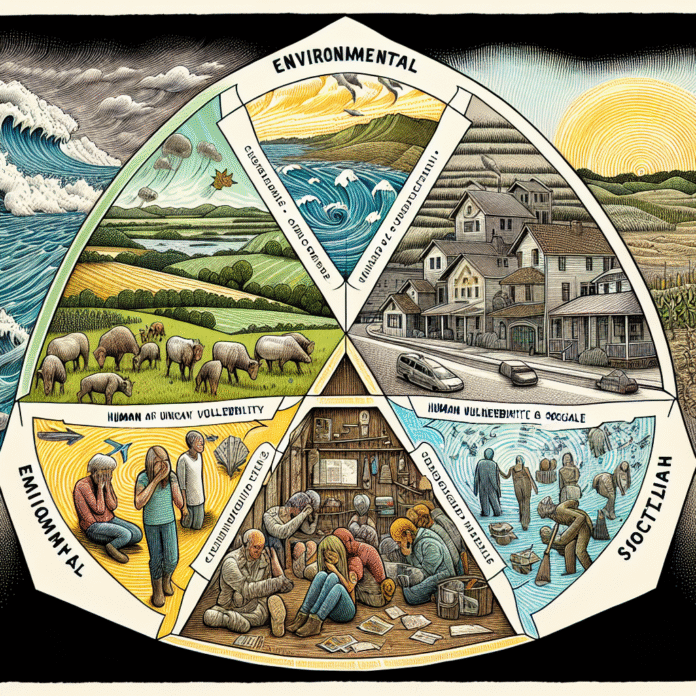Factors Contributing to Increasing Disasters
Comprehensive Factors Contributing to the Escalation of Disasters
In recent years, the frequency and intensity of natural disasters have increased dramatically, presenting significant challenges across the globe. A multitude of factors—environmental, human, and societal—are converging to exacerbate these catastrophic events, leading to devastating consequences for communities and ecosystems alike.
Environmental Factors
The changing climate is perhaps the most prominent environmental factor contributing to the worsening of disasters. Rising global temperatures have led to more extreme weather conditions, including intense storms, prolonged droughts, and unprecedented flooding. These environmental shifts are often linked to human activities, such as fossil fuel consumption and deforestation, which accelerate climate change and disrupt natural ecosystems.
Additionally, the degradation of natural habitats diminishes the Earth’s ability to absorb and mitigate the impacts of disasters. For example, the destruction of wetlands and mangroves reduces coastal protection against storm surges, while deforestation increases the risk of landslides and soil erosion. As these ecosystems are compromised, communities become more vulnerable to the devastating effects of natural disasters.
Human Factors
Human activities play a critical role in the escalation of disasters. Urbanization, for instance, has led to the rapid expansion of cities, often without adequate infrastructure to handle extreme weather events. Poorly planned urban areas are more susceptible to flooding and landslides, putting residents at risk and straining emergency response systems.
Moreover, inadequate disaster preparedness and response mechanisms can exacerbate the impacts of disasters. Many regions lack the resources and infrastructure necessary to effectively respond to emergencies, leading to higher casualty rates and longer recovery times. Additionally, socio-economic disparities can leave marginalized communities more vulnerable to disasters, as they often lack the means to prepare for or recover from such events.
Societal Factors
Societal factors, including population growth and migration, also contribute to the worsening of disasters. As populations increase, especially in urban areas, the demand for resources intensifies, leading to unsustainable practices that can heighten disaster risks. Furthermore, climate change is forcing people to migrate from their homes, creating challenges in host communities that may already be struggling with their own vulnerabilities.
Public awareness and education about disaster preparedness are crucial in mitigating risks. However, misinformation and lack of access to accurate information can hinder effective response efforts. Empowering communities through education and resources is essential for building resilience against disasters.
Conclusion
The interplay of environmental, human, and societal factors is complex and multifaceted, leading to an increase in the severity and frequency of disasters. To address these challenges, a collaborative approach involving governments, organizations, and communities is essential. By investing in sustainable practices, improving infrastructure, and enhancing disaster preparedness, we can work towards reducing the impacts of disasters and safeguarding vulnerable populations. Understanding and addressing these factors holistically is crucial for building a more resilient future in the face of an uncertain climate.
